Search
Remove Ads
Advertisement
Summary 
Loading AI-generated summary based on World History Encyclopedia articles ...
Search Results
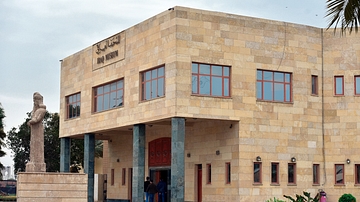
Image
The National Museum of Iraq at Al-Salihyyia District, Baghdad
This building was constructed and added to the original 2-story building of the Iraq Museum between 2012-2013 CE. This is where the visitors enter the museum, do the security check, keep their belongings inside lockable boxes, and buy tickets...
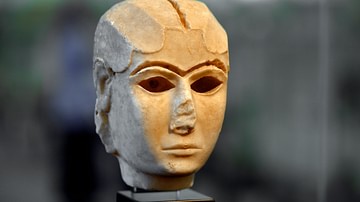
Article
The Iraq Museum & Three Wars: Three Steps from Hell
This article documents and elaborates on the many critical behind-the-scenes events, unknown to the public, before the history leaves us. The author The bulk of the “the land between the two rivers” lies in what we call today the Republic...
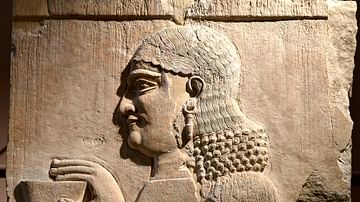
Article
The Iraq Museum: A Brightness in the Darkness
For whom have I labored? For whom have I journeyed? For whom have I suffered? I have gained absolutely nothing for myself, I have only profited the snake, the ground lion! The Epic of Gilgamesh, Tablet XI This is how the Epic of Gilgamesh...
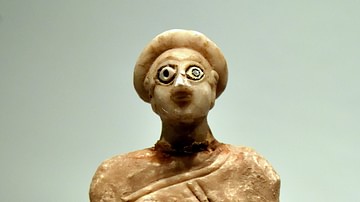
Article
Lost Treasures From Iraq: Revisited & Identified
For how long do we build a household? For how long do we seal a document? For how long do brothers share the inheritance? For how long is there to be jealousy in the land(?)? The Epic of Gilgamesh, chapter 10, Tablet X. I have always...
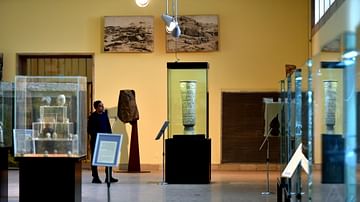
Image
The Warka Vase at the Iraq Museum
A young man stands before and skims the votive Vase of Warka, one of the priceless objects in the Iraq Museum and represents one of the earliest surviving narrative art. The man was included in the image for comparison with the Vase's size...
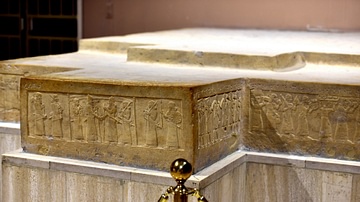
Image
Throne Dais of Shlamaneser III at the Iraq Museum
This dais was found in the eastern end of the throne room (T1) at Fort Shalmaneser in the city of Nimrud (in modern-day Nineveh Governorate, Iraq) in 1962 CE. The upper surface is decorated with geometrical floral motifs and inscribed with...
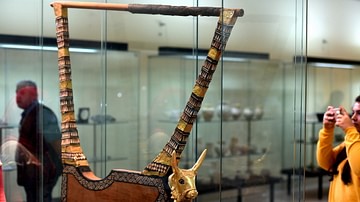
Image
The Golden Lyre of Ur at the Iraq Museum
This is the finest among all lyres found at the Royal Cemetry at Ur and was given to the Iraq Museum; the other lyres were divided between the British Museum in the UK and the Penn Museum in the USA. The head of this bull is a replica and...
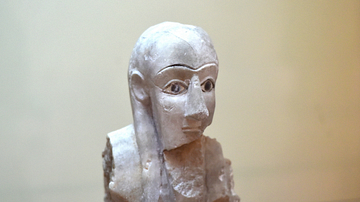
Image
Male Worshiper from Tell Agrab at the Iraq Museum
Sumerian male worshiper from the Shara Temple at Tell Agrab, Mesopotamia, Iraq. Early Dynastic period, 2600-2400 BCE. The eyes were made of a shell set in bitumen while the pupils were made of black limestone. The eyebrows were painted with...
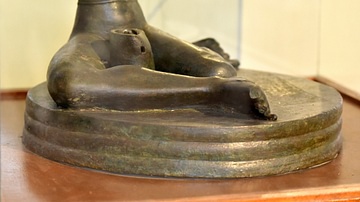
Image
The Bassetki Statue at the Iraq Museum
This statue weighs about 150 Kg and is made of pure copper, a more difficult casting that requires a much higher temperature than that of bronze. The diameter of the rounded pedestal is about 67 cm and the height of the surviving statue is...
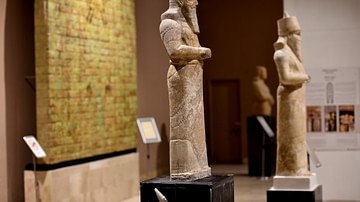
Image
Two Statues of Shalmaneser III at the Iraq Museum
In the centre of this image is the so-called Kurba'il statue of Shalmaneser III (reigned 858-824 BCE), which was found in Fort Shalmaneser in 1961 CE by the British School of Archaeology in Iraq. The statue originally stood in the Temple...